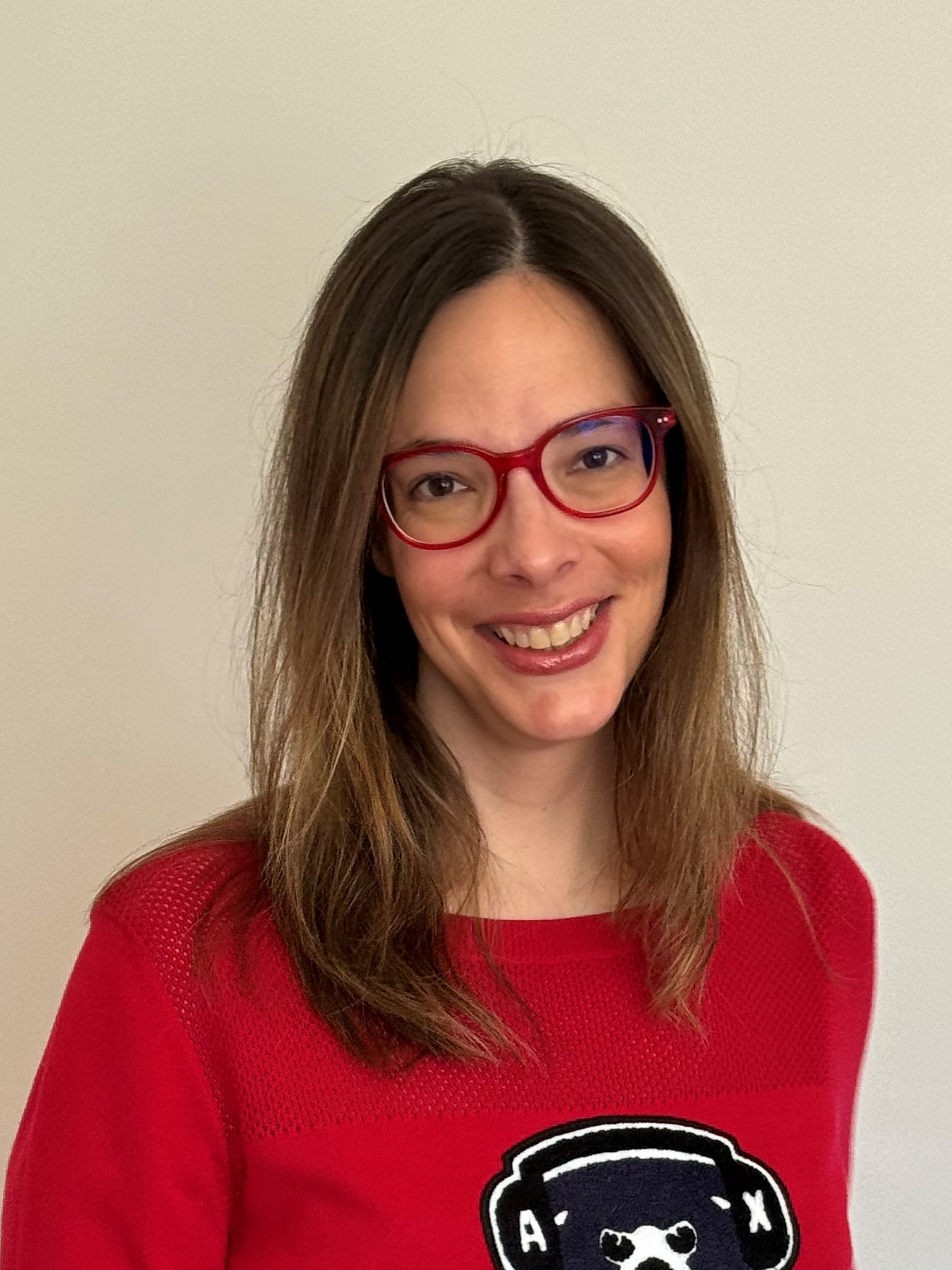CV
Education
- Ph.D. Cum Laude in Computer Science Engineering, University of Zaragoza, 2010. Thesis title: “Affective Computing: Emotional facial sensing and multimodal fusion”.
- Ms.C. in Computer Science and Systems Engineering, University of Zaragoza, 2008. Thesis title: “Emotional facial expressions classification”.
- B.Sc. in Telecommunications Engineering. University of Zaragoza, 2006. Dual emphases on Artificial Intelligence (AI) and Computer Graphics.
Work experience
- 2025 - present: Scientific Advisor, Spanish Ministry of Science, Innovation and Universities - Madrid, Spain.
- Member of the Minister’s cabinet.
- 2021-2025: Scientific Officer, European Commmission’s Joint Research Centre - Seville, Spain.
- Research and policy science on next generation virtual worlds, including eXtended-, Virtual- and Augmented-Reality.
- Research and policy science on trustworthy and explainable AI, with particular focus on affective computing, facial processing and biometrics.
- Co-responsible for DivinAI, a platform for the study of diversity in AI forums. The project was awarded the “Diversity and Inclusion Awards 2023” by the European Commission.
- Scientific policy support in AI regulations (AI Act, Digital Services Act, Interoperability Act) and related standards.
- 2017-2021: Chief Research Officer, Herta Security S.L. - Barcelona, Spain.
- Management of R&D projects funded by the European Commission and the Spanish Government, in the area of AI-driven security for smart and safe cities.
- Research on Deep Learning algorithms and platforms (including DNN accelerators) for large-scale face recognition, face analysis and crowd behavior understanding.
- Patents and National/European project proposals writing.
- Dissemination of research results in journals, conferences and seminars.
- Torres Quevedo fellowship for Doctors, awarded by the Spanish Ministry of Education and Science.
- 2015-2017: Senior Researcher, Institut des Systèmes Intelligents et de Robotique, CNRS / Sorbonne University - Paris, France.
- Proposals writing and management of R&D projects funded by the European Commission and the French Government, in the area of social robotics.
- Development of real-time facial expression recognition algorithms for social interaction with robots and virtual humans.
- Research on non-verbal human behaviour understanding (emotions, synchrony and engagement).
- Dissemination of research results in journals, conferences and master classes.
- 2011-2015: Associate Professor of Computer Science, San Jorge University - Zaragoza, Spain.
- Teaching AI, Computer Graphics, Computer Vision and Human-Machine Interaction courses to 3rd/4th year Computer Science students.
- 2007-2015: R&D Project Manager, Aragon Institute of Technology (ITAINNOVA), Multimedia Technology Division - Zaragoza, Spain.
- Head of the Multimodal Human-Machine Interaction research line.
- Management of R&D projects funded by the European Commission and Spanish research programmes, in the areas of Intelligent Interactive Systems (smart homes, interactive TV, AAL), Quality of User Experience (QoE estimators, human behaviour understanding) and Industry 4.0 (decision support systems, smart logistics, factories of the future).
- Management of private projects with local SMEs. Integration of advanced Artificial Intelligence, Computer Vision and interaction techniques to provide an added value to SMEs’ traditional products.
- In charge of ITA’s UX laboratory. Deep expertise on techniques for user behaviour understanding and the automated measure of UX, such as eye tracking, body tracking, sentiment and facial expression analysis.
- 2005-2007: Research Student, Advanced Computer Graphics Group (GIGA), University of Zaragoza - Zaragoza, Spain.
- Development of multimodal emotion recognition algorithms based on Computer Vision and AI. Integration of the algorithms in MAXINE, an engine for the management of 3D virtual agents.
- Participation in projects supported by national Spanish research programmes.
- The success of my work bridging the gap between Affective Computing and Computer Graphics contributed to create the GIGA Affective Lab.
